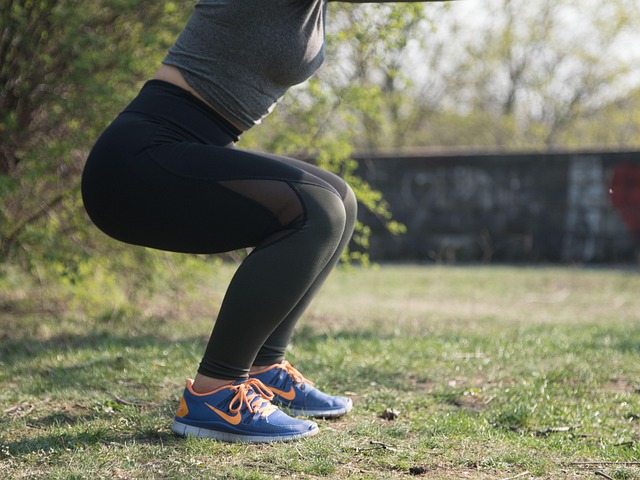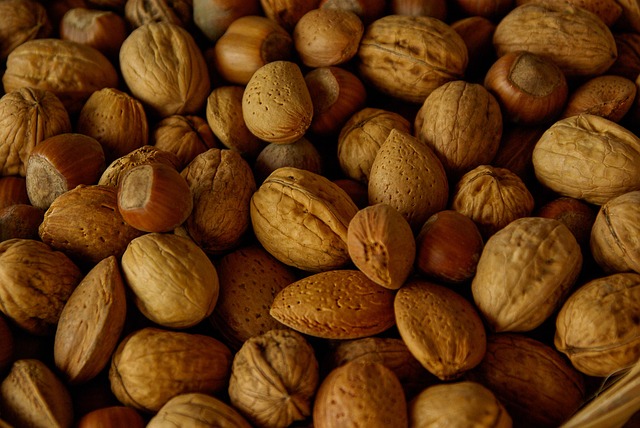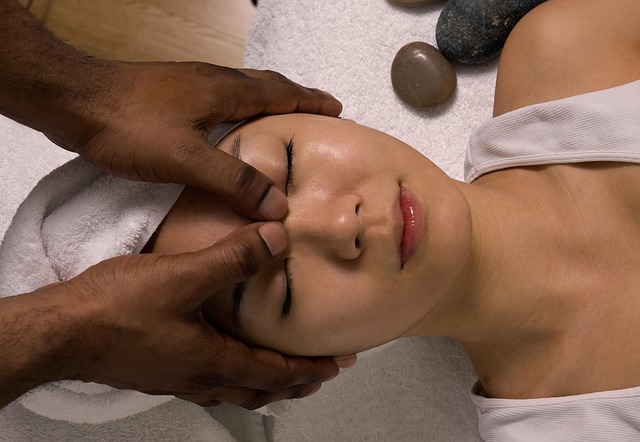
Osteoarthritis of the Knee
Osteoarthritis (OA) of the knee is like that friend who overstays their welcome; they just keep hanging around, even when you’d rather they didn’t. This degenerative joint disease is the most common type of arthritis affecting the knee, and it tends to show up uninvited as we age. So, what exactly is happening in your knee when OA decides to crash the party?
What is Osteoarthritis?
At its core, osteoarthritis is all about wear and tear. Imagine your knee joint as a well-loved pair of shoes. Over time, the cushioning (in this case, cartilage) starts to wear down. When the cartilage in your knee wears thin, the bones can rub together, leading to friction, inflammation, and sometimes even bone spurs. Ouch! 😖
Symptoms to Watch For
So, how do you know if OA has taken up residence in your knee? Here are some common symptoms:
- Pain: This is often the first sign. You might feel it during activity or after long periods of sitting.
- Stiffness: Especially in the morning or after sitting for a while, your knee might feel like it’s been locked in a vice.
- Swelling: Inflammation can cause your knee to puff up, making it look like it’s been hitting the gym a little too hard.
- Reduced Range of Motion: Bending or straightening your knee might feel like a chore, and that’s not how it should be!
Causes of Osteoarthritis
The primary cause of OA is simply aging. As we get older, our joints have been through a lot, and the wear and tear can lead to cartilage breakdown. Other factors include:
- Genetics: If your family has a history of arthritis, it might be your turn next.
- Obesity: Extra weight puts more stress on your knees, which can speed up the wear and tear.
- Previous Injuries: A past knee injury can make you more susceptible to developing OA.
Managing Osteoarthritis
While OA is a lifelong condition, it doesn’t mean you have to live in constant discomfort. Here are some practical ways to manage symptoms:
- Exercise: Yes, you read that right! Gentle exercises can help strengthen the muscles around your knee and improve flexibility.
- Weight Management: Maintaining a healthy weight can reduce the stress on your knees. Think of it as giving your knees a break!
- Physical Therapy: A physical therapist can guide you through exercises tailored to your needs.
- Medications: Over-the-counter pain relievers can be your best friend when the pain flares up.
When to See a Doctor
If your knee pain is interfering with your daily life or if you notice swelling that doesn’t go away, it’s time to consult a healthcare professional. They can provide a proper diagnosis and discuss treatment options. Remember, ignoring the signs is like ignoring a text from your mom—eventually, it’ll catch up with you!
In conclusion, osteoarthritis of the knee is a common condition that can impact your quality of life. While it may feel like your knees are plotting against you, understanding the condition can help you manage it effectively. So, lace up those shoes, keep moving, and let’s show OA who’s boss!

















 Pathogens Grow Best At Which Temperature
Pathogens Grow Best At Which Temperature 
 Health
Health  Fitness
Fitness  Lifestyle
Lifestyle  Tech
Tech  Travel
Travel  Food
Food  Education
Education  Parenting
Parenting  Career & Work
Career & Work  Hobbies
Hobbies  Wellness
Wellness  Beauty
Beauty  Cars
Cars  Art
Art  Science
Science  Culture
Culture  Books
Books  Music
Music  Movies
Movies  Gaming
Gaming  Sports
Sports  Nature
Nature  Home & Garden
Home & Garden  Business & Finance
Business & Finance  Relationships
Relationships  Pets
Pets  Shopping
Shopping  Mindset & Inspiration
Mindset & Inspiration  Environment
Environment  Gadgets
Gadgets  Politics
Politics 